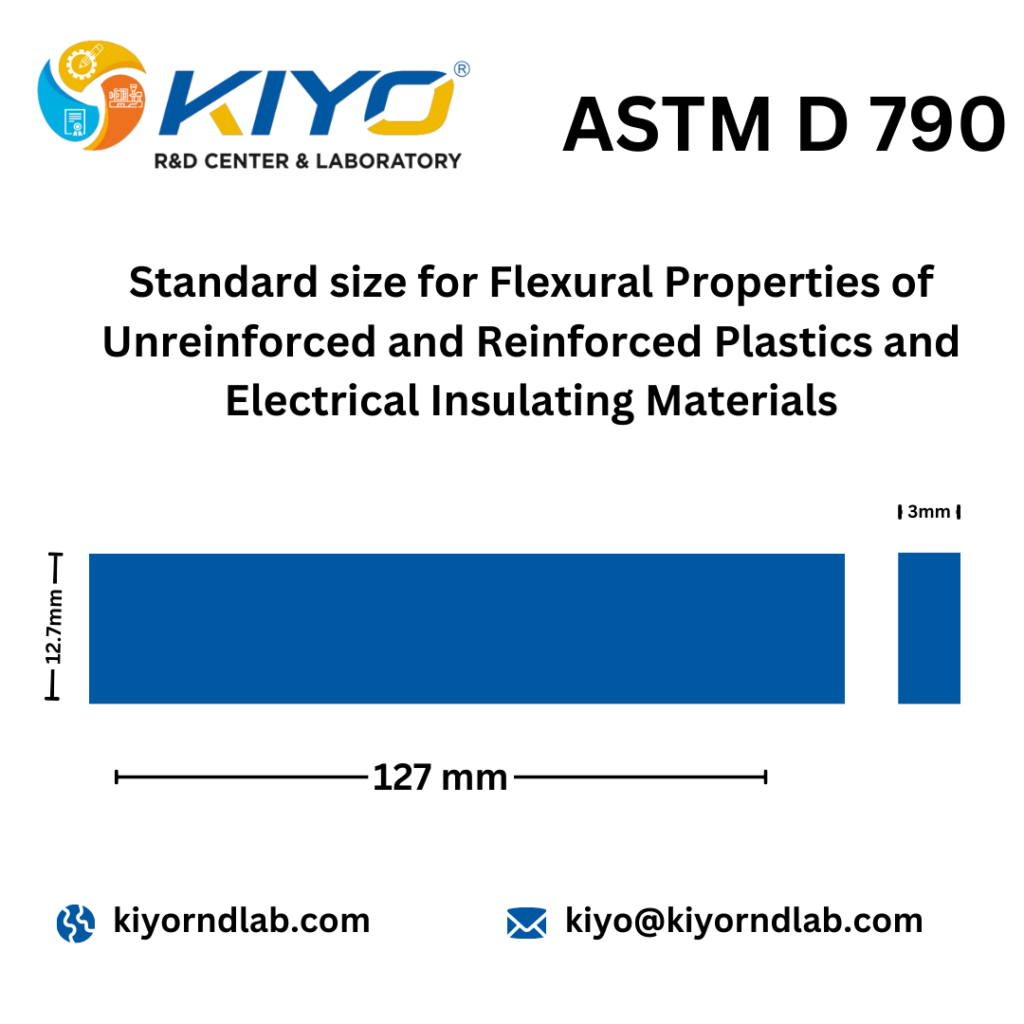Introduction to ASTM D 790
ASTM D 790 is a pivotal standard in the realm of material testing, focusing on determining the flexural properties of unreinforced and reinforced plastics, as well as electrical insulating materials. This standard is instrumental in assessing a material’s ability to bear bending forces by measuring its flexural strength and modulus. The outcomes of these tests are vital for material selection in various applications, ensuring that products meet the required durability and quality standards.

Significance of ASTM D 790
The flexural test, as outlined in ASTM D 790, is essential for identifying the mechanical properties of plastic materials under a load in a bending scenario. These properties include the flexural modulus of elasticity and the flexural strength of the material. The results from these tests are crucial for engineers and designers to understand how a material behaves under stress, aiding in the proper selection of materials for specific applications.
Standardized Testing Methods
ASTM D 790 specifies two methods for conducting flexural tests on plastic specimens:
- Method A (Three-Point Bending Test): Involves a specimen supported on two points with a load applied at the midpoint.
- Method B (Four-Point Bending Test): Employs two load points and two support points, distributing the bending moment over a portion of the specimen length.
These methods help in generating consistent and reliable data across different testing scenarios and laboratories.
Specimen Preparation and Dimensions
The standard outlines detailed guidelines for specimen dimensions and preparation, ensuring consistency and accuracy in test results. Specimens are typically rectangular bars, and their preparation from the material to be tested is critical for achieving valid and reproducible results.
Test Report Components
An ASTM D 790 test report includes:
- Identification of the material tested,
- Test method used (A or B),
- Specimen dimensions,
- Test temperature and atmosphere,
- Load and support span,
- Flexural strength and modulus values,
- Any deviations from the standard testing procedure.
Implications of Testing Data
Data obtained from ASTM D 790 testing have significant implications in material selection, product design, and quality control processes. Understanding the flexural properties helps in predicting how materials will perform under real-world bending forces, which is essential for ensuring the reliability and safety of the final product.
Other Considerations
While ASTM D 790 provides a robust framework for flexural testing, it’s crucial to consider the material’s behavior under different conditions, such as temperature and environmental exposure, which might affect its performance.
Conclusion
ASTM D 790 is a cornerstone standard in material testing, offering invaluable insights into the flexural properties of plastics. By adhering to this standard, manufacturers and engineers can ensure their materials and products meet the highest standards of quality and performance.
